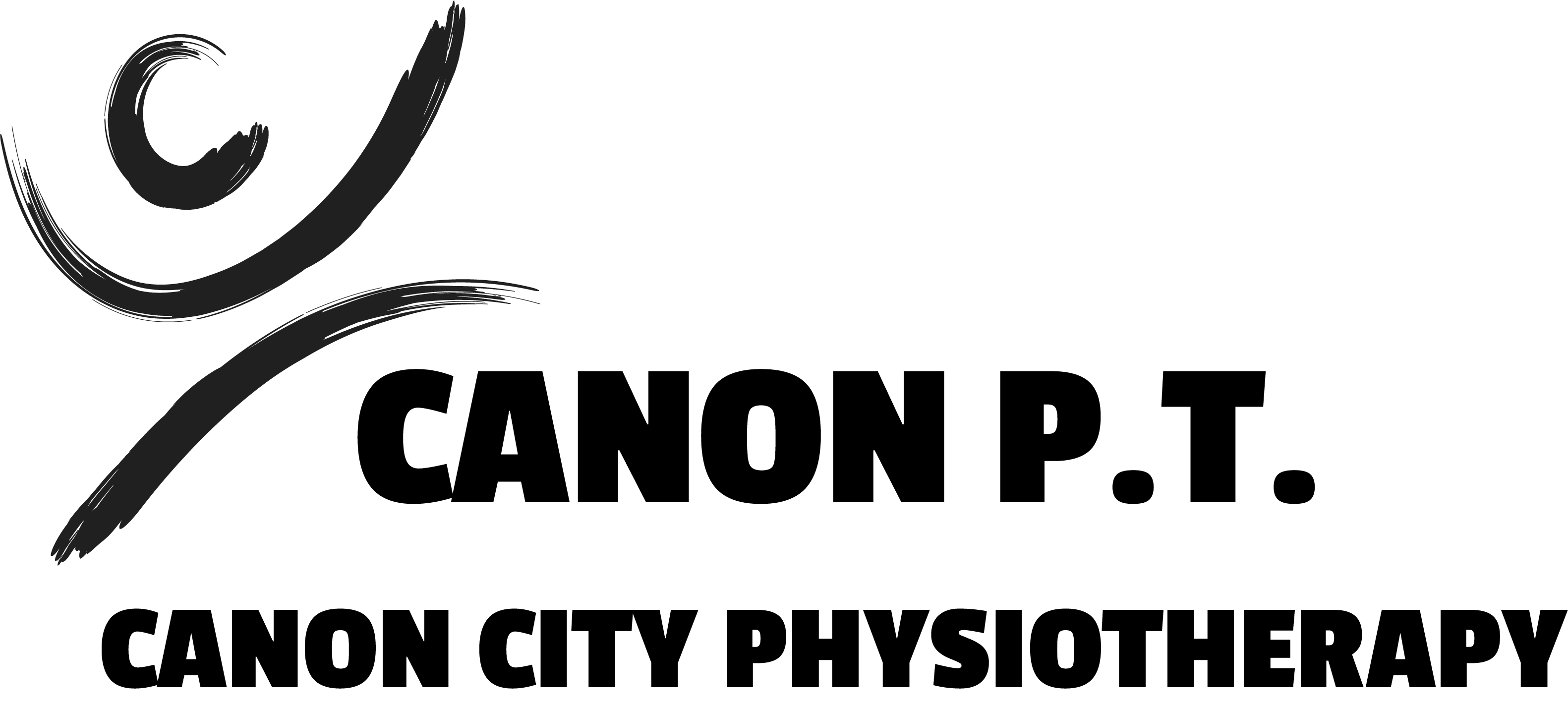The McKenzie Method
McKenzie Mechanical Diagnosis and Therapy (MDT) is a philosophy of active patient involvement and education that is trusted and used by practitioners and patients all over the world for back, neck, and extremity problems. This approach continues to be the most researched physical therapy-based method available.
The key distinction is its initial assessment component—a safe and reliable means to accurately reach a diagnosis and only then make the appropriate treatment plan. Rarely is time or money wasted to perform expensive tests, Certified McKenzie clinicians have a valid indicator to know right away whether—and how—the method will work for each patient.
The Process:
Assessment
The process begins with a thorough history and testing of movements to identify distinct patterns of pain responses that are: reproducible, objective, reliable, and reflect the characteristics of the underlying pain generator.
The most common and meaningful pattern of pain response is centralization, which is well documented now in literature as both the diagnostic tool and prognostic indicator. This is defined as a patient’s referred or radiating pain (whether just slightly off the center, into the buttock, or all the way to the toes) promptly reversing, returning to the center of the back, and then usually also abolishing.
Whether the patient’s pain is acute or chronic, if centralization occurs through this logical step-by-step assessment process, good outcomes are favorable. It provides a benefit to the patient and practitioner by eliminating the need for expensive and/or invasive procedures. Ultimately, it provides a rational guide to the most optimal treatment strategy for a specific patient.
Treatment
When appropriate, the basis of McKenzie treatment takes advantage of the patient’s own movements and forces to abolish the pain and restore function. A series of individualized exercises subsequent to the patient’s responses during the assessment are prescribed and—most critically—are based on the directional preference that will centralize or abolish pain, i.e. extension or flexion, right or left lateral movement, etc. In essence, the treatment must match the assessment findings or the results will be inferior.
Furthermore, as Robin McKenzie states in his original 1981 text, “If no movement or position can be found to centralize or reduce the patient’s presenting pain, the patient is not a suitable subject for mechanical therapy.” In cases when a patient does not respond mechanically, alternative means of treatment or referral for further medical evaluation is warranted.
Preventive Strategy
Most patients who do respond favorably to MDT can successfully treat themselves—and minimize the number of visits to the clinic—when provided the number of visits to the clinic—when provided the necessary knowledge and tools putting him or her in control of their treatment safely and effectively.
Patients who stick to the prescribed treatment protocols are less likely to have persistent problems. Thus, by learning how to self-treat the current problem, patients gain hands-on knowledge on how to minimize the risk of recurrence and how to quickly manage themselves if symptoms do occur.
Achievable goals of McKenzie MDT are to:
-
-
-
- Reduce pain and deformity
- Maintain the reduction with education and posture advice
- Restore full function
- Prevent recurrences
-
-
*All text derived from the “Power to Control Pain” publication of the McKenzie Institute U.S.A.
(For more information and for a list of MDT references, please visit www.mckenziemdt.org/libresearchlist.cfm)
